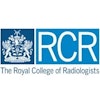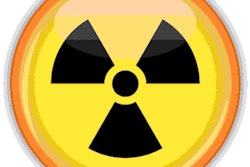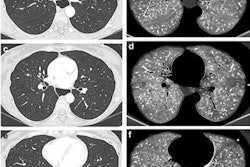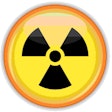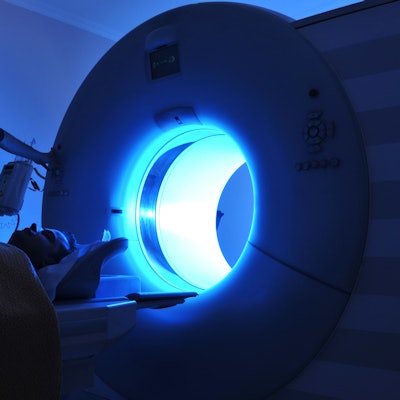
Dual-energy CT (DECT)-based bone mineral density (BMD) assessment helps surgeons better plan treatment of distal radius fractures, a study published on 8 August in Radiology has found.
The results add to the literature about BMD -- which has not tended to be extensive -- regarding how best to approach surgery for these fractures, wrote a team led by Leon Gruenewald, MD, of University Hospital Frankfurt in Germany.
"In patients with distal radius fractures, low bone mineral density is associated with bone substitute use during surgery and bone nonunion [i.e., failure to heal], but BMD information is not regularly available," Gruenewald and colleagues noted.
Distal radius fractures make up 17% of all bone breaks in patients who present in the emergency department with these injuries. Typically, treatment is staged using x-ray to determine whether a patient will need bone substitutes during surgery, but DECT could help assess volumetric bone mineral density even more effectively, the investigators noted.
"The purpose of this study was to evaluate the feasibility of dual-energy CT-based BMD assessment from routine examinations of the distal radius and the relationship between the obtained BMD values and the occurrence of distal radius fractures, bone nonunion, and surgical bone substitute use," they wrote.
To this end, the team conducted a study that included 263 patients who underwent DECT on the distal radius between January 2016 and December 2022. Of these, 192 were diagnosed with fractures. The researchers used CT images and health records to determine fracture severity and to assess how surgery was managed and incidence of bone nonunion.
They found that mean volumetric bone mineral density was lower in patients who had sustained a distal radius fracture, ended up needing bone substitutes for surgery, and had bones that failed to heal. All results were statistically significant (p < 0.001).
| Mean volumetric bone mineral density levels by patient characteristic | |
| Characteristic | Mean volumetric BMD |
| Distal radius fracture | |
| Yes | 93.9 mg/cm3 |
| No | 135.4 mg/cm3 |
| Need for bone substitutes for surgery | |
| Yes | 79.6 mg/cm3 |
| No | 95.5 mg/cm3 |
| Bone nonunion | |
| Yes | 71.1 mg/cm3 |
| No | 96.5 mg/cm3 |
The study could contribute to further development of best practices when it comes to assessing and treating distal radius fractures, noted Dr. John Carrino of the Hospital for Special Surgery in New York City in an accompanying commentary.
"By obtaining CT scans used for volumetric BMD assessment before initiation of treatment, the extracted data could, in theory, be immediately transferred into clinical practice (e.g., reporting BMD value together with a risk stratification to the surgeon on call)," he wrote. "Thus, the prognostic value derived from the reported BMD value and its associated risks could impact the medical decision-making and informed consent process for the treating provider."
The complete study can be found here.


